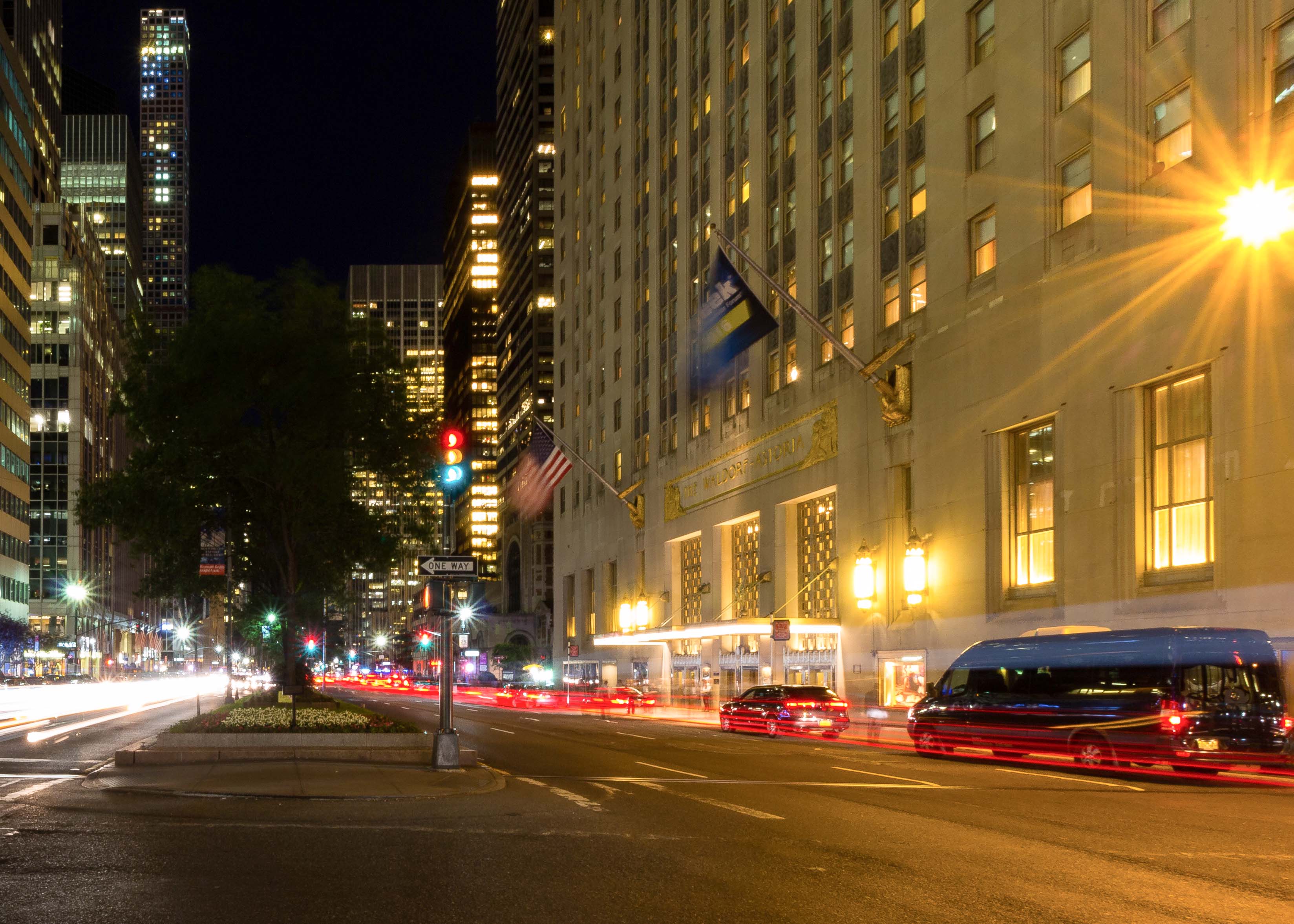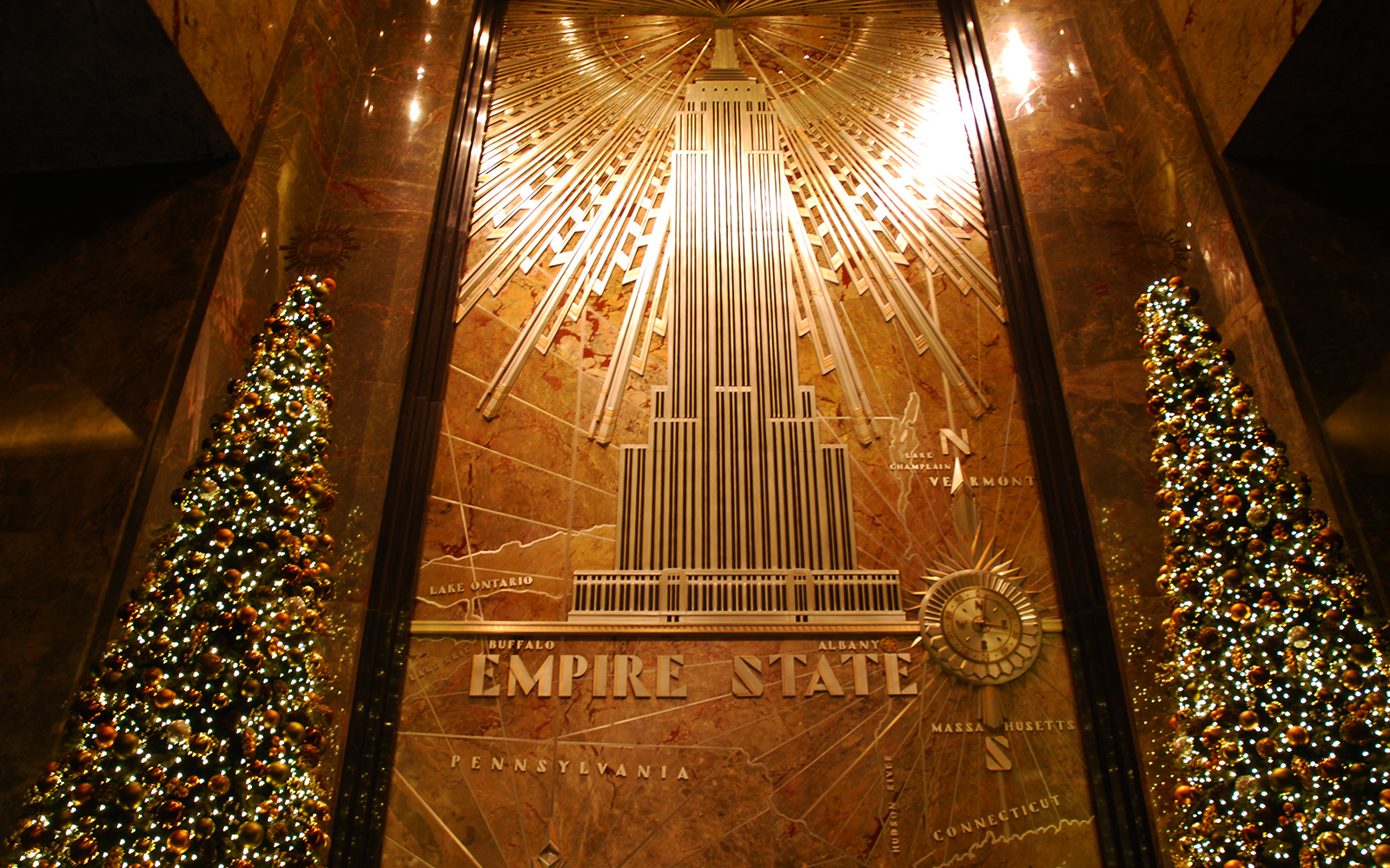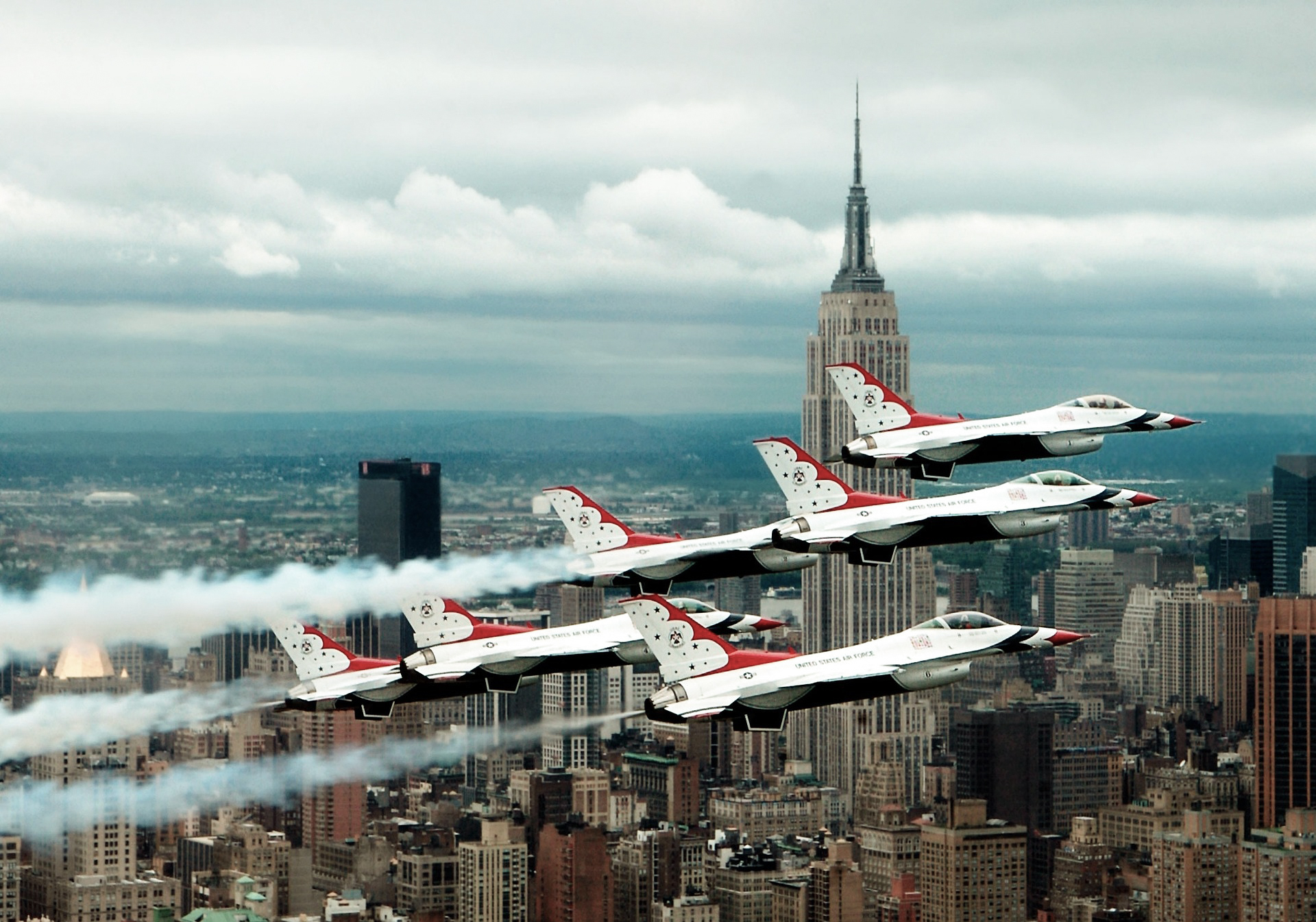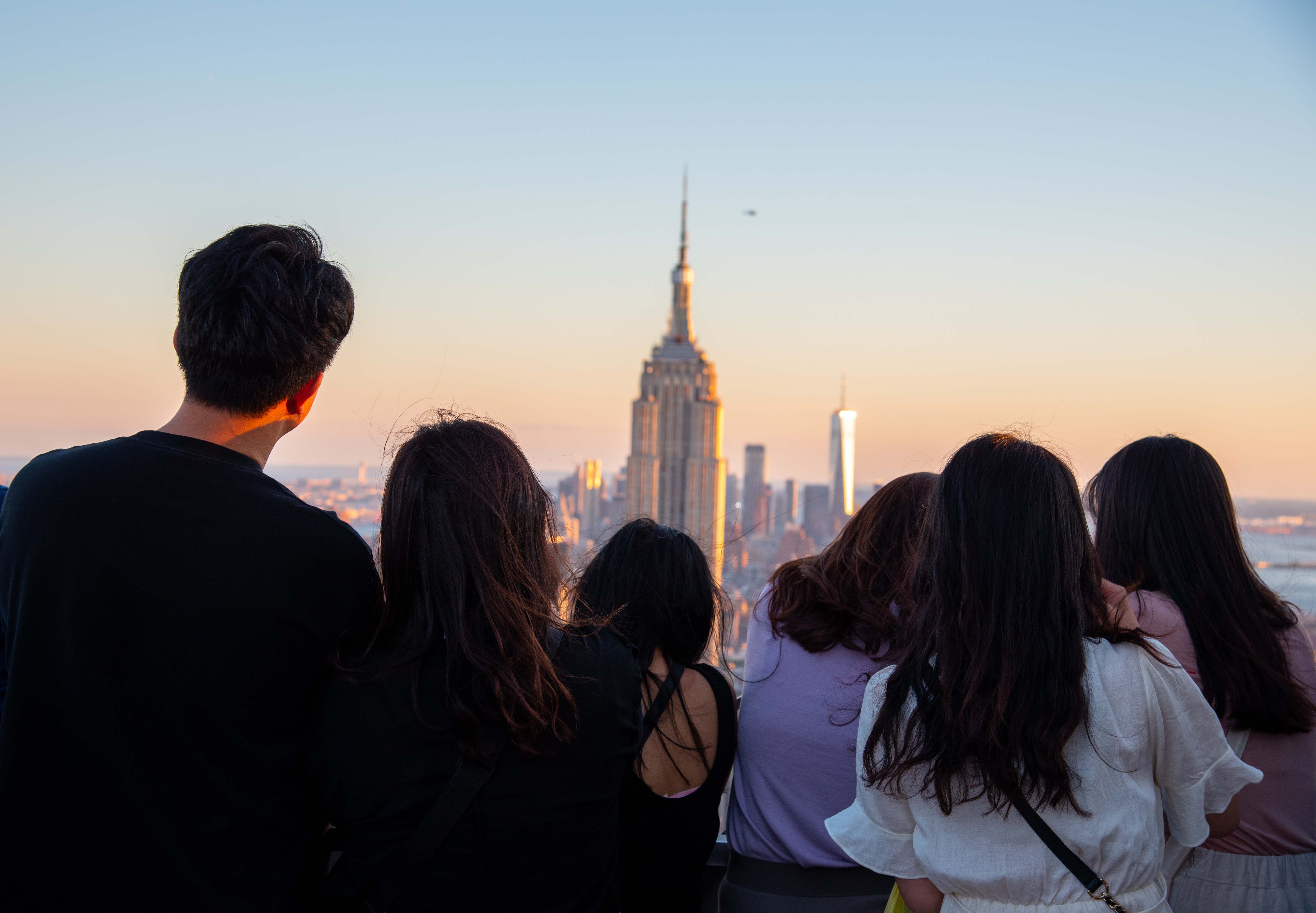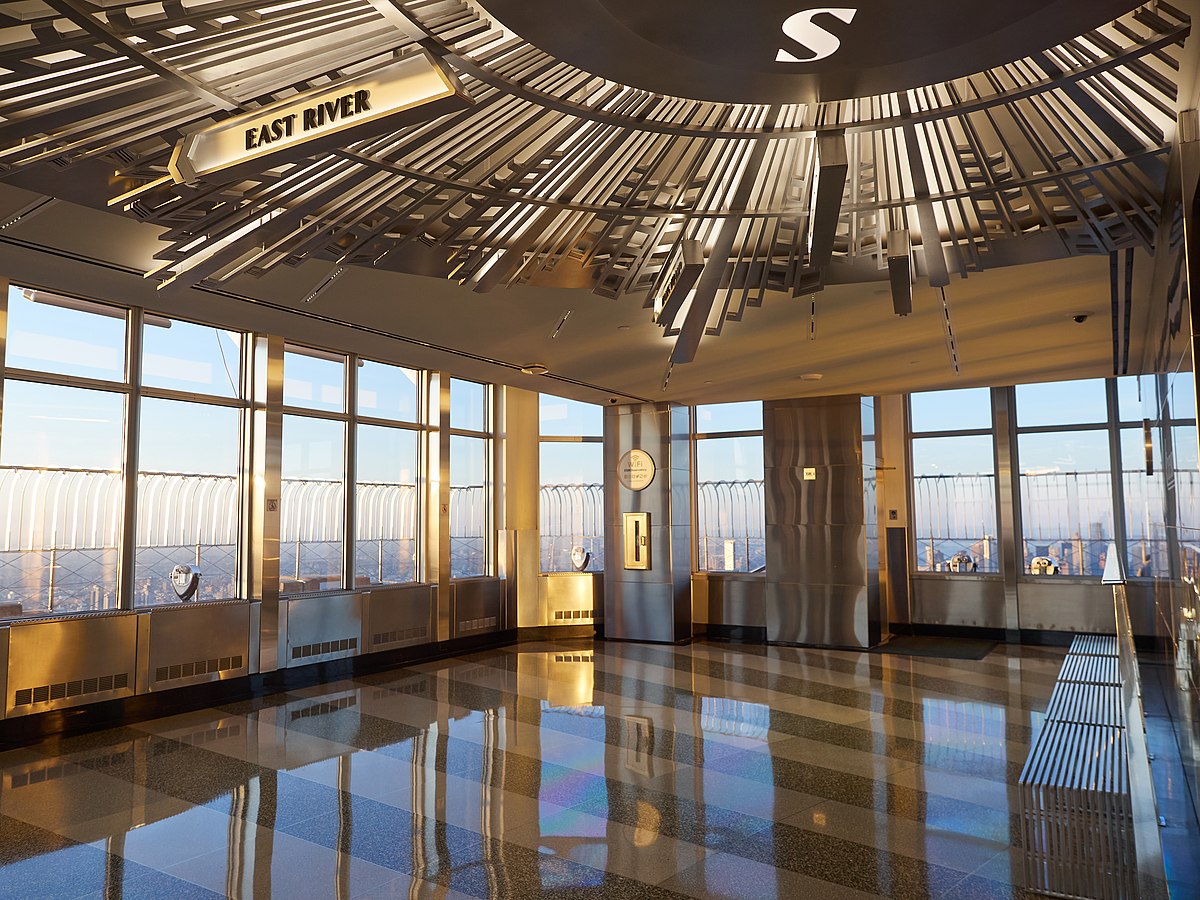- Broadway
- Edge NYC
- SUMMIT One Vanderbilt
- Statue of Liberty
- Museum of Modern Art (MoMA)
- 9/11 Memorial & Museum
- One World Observatory
- American Museum of Natural History
- Top of the Rock
- Intrepid Museum
- Guggenheim Museum
- Rockefeller Center
- The Metropolitan Museum of Art
- Whitney Museum
- New York Aquarium
- Central Park Zoo
- Bronx Zoo
- New York Historical Society
- St. Patrick's Cathedral
Discover the Fascinating History of the Empire State Building
The Empire State Building Today

Today, the Empire State Building stands as a testament to New York City’s resilience and innovation. It is visited by millions of people every year and has been featured in many films, television shows, and even video games.
In addition to its breathtaking architecture, the building features an observation deck with panoramic views of Manhattan and beyond. It is a must-see destination for those who visit New York City. Book your tickets to visit this iconic landmark today!
Visit the Empire State Building
Book Empire State Building Tickets
Frequently Asked Questions About the Empire State Building’s History
Audio guides are available with your entry tickets. This way you get to learn more about the long history of the Empire State Building.
There are many interesting facts about the Empire State Building’s history - it was featured in the first King Kong movie in 1933, it was the tallest building when it was built, and televised weddings have taken place every Valentine’s Day since 1994. Scroll up to read more about the long and fascinating history of the Empire State Building.
The Empire State Building is in its 93rd year, after being established in 1931.
The Empire State Building is famous for being one of the oldest architectural marvels in the world. It is also known for its observatories, offering breathtaking views of the city.
The main architects behind the Empire State Building were Shreve, Lamb & Harmon Associates, and Starrett Bros. & Eken.
The architectural style of the Empire State Building is known as Art Deco. This is a style that first emerged in France, giving the building a sleek and modern look.
Your Empire State Building tickets start from $44.
Yes, the Empire State Building has been an iconic landmark worldwide since the early 1900s. Visit the exhibits and observatories inside the building for a memorable time.
The first set of weddings took place on 14 February 1994 atop the Empire State Building. It is now a yearly televised event.
The Empire State Building is currently owned by the Empire State Realty Trust.
The first annual Empire State Building Run-Up took place on 15 February 1978. This race still takes place every year inside the building.
The Empire State Building was declared a national landmark in 1981.
The Empire State Building made its debut appearance in the first King Kong movie of 1933.
The Empire State Building is valued at about $1.7 billion today.

